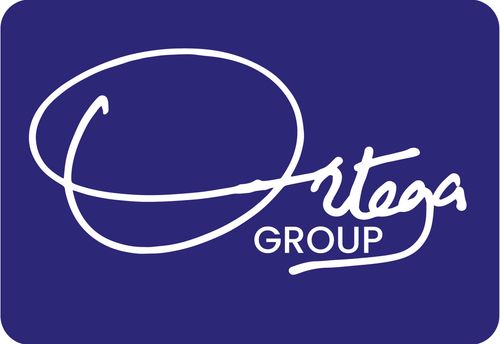Most organizations suffer from decision fatigue. First, most Ugandan organizations are making decisions that don’t have to be made. Second, most Ugandan organizations are not able to make the decisions that they should make. And that creates a dilemma. This decision trap is the deathbed of many Ugandan organizations.
In one of our articles, we proposed a leaking roof test. How long would it take your organization to fix a leaking roof? It’s such a simple test but it enables one to audit the decision-making abilities of an organization.
If competence is one of the aspects of great leadership, then decision-making is one of the mark stones of competence. Competence requires decisiveness. Normally when you enter most organizations, it becomes clear that they’re suffering from an indecisiveness crisis. It’s partly embedded in retrogressive Ugandan culture where all decisions are always forwarded to the top. A meeting doesn’t start until the ‘big man’ arrives. And no decision is made until the ‘big woman’ endorses it. Most organizations suffer from the big man syndrome, and it hurts organizations.
Of course, for the ‘big man’ or ‘big woman’ it’s also a way of consolidating power. If most decisions are pending on the table of the ‘big man’ then he stands a better chance at moving the pieces in the organization. Yet, it’s counter-sustainable for organizations that seek Ugandan Excellence.
Ugandan Excellence is built on a pillar of competence. And competence can’t be achieved unless it’s directed into the arena with decisiveness. The art and science of judgement and decision making is insufficient in most Ugandan organizations. Business leaders ought to urgently train their human capital on this skill. It makes the difference. Can your people make decisions? And when people learn to make decisions, then they can learn to optimize the quality of their decision making.
But how do we make decisions? It’s through two systems, as has been proposed by the likes of Daniel Kahneman (RIP). System One is our default system, sometimes what we call intuition. It’s the things we don’t have to think about anymore. It’s quick and always accessible. Then there exists System 2, it’s hard to access, it’s tasking. It’s the one Kahneman based the title of his book on; ‘learning to think fast and slow.’
Thus, organizations ought to train people on System 2 decision making, it’s the most deficient. We leave you with two questions for your organization:
- How do you make decisions in your organization?
- What are the criteria for a good decision in your organization?
Let’s gather your thoughts…

